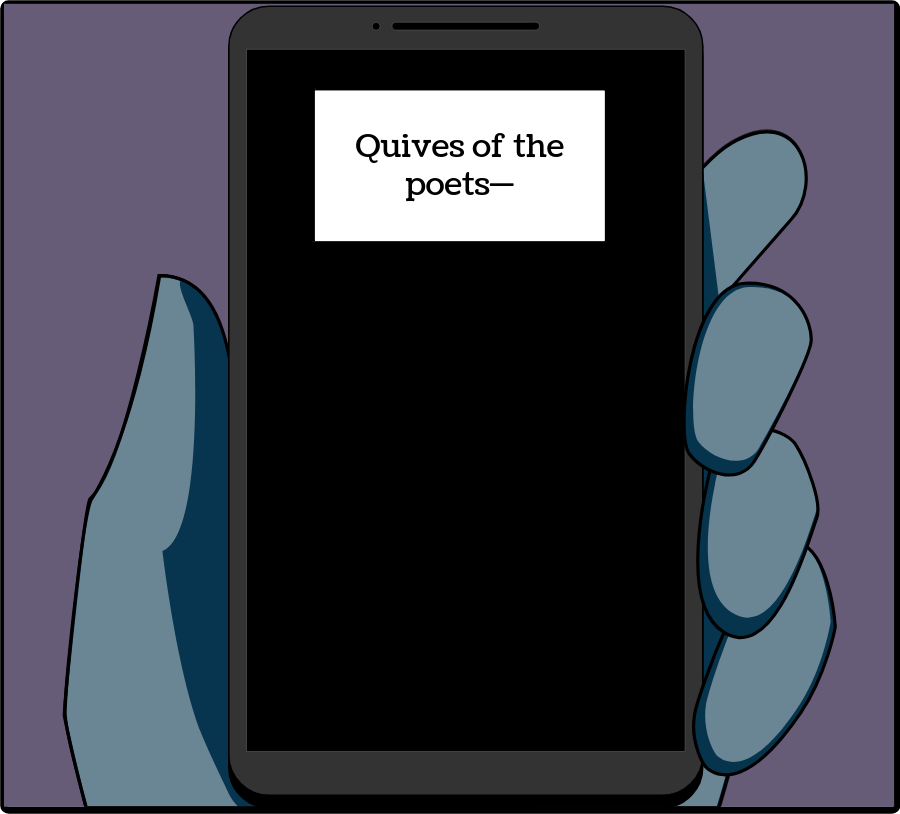MySpaceOpera
- By Michael Weller
- •
- 01 Jun, 2019
- •
Mike Weller's tenth space opera tale 20 years on...
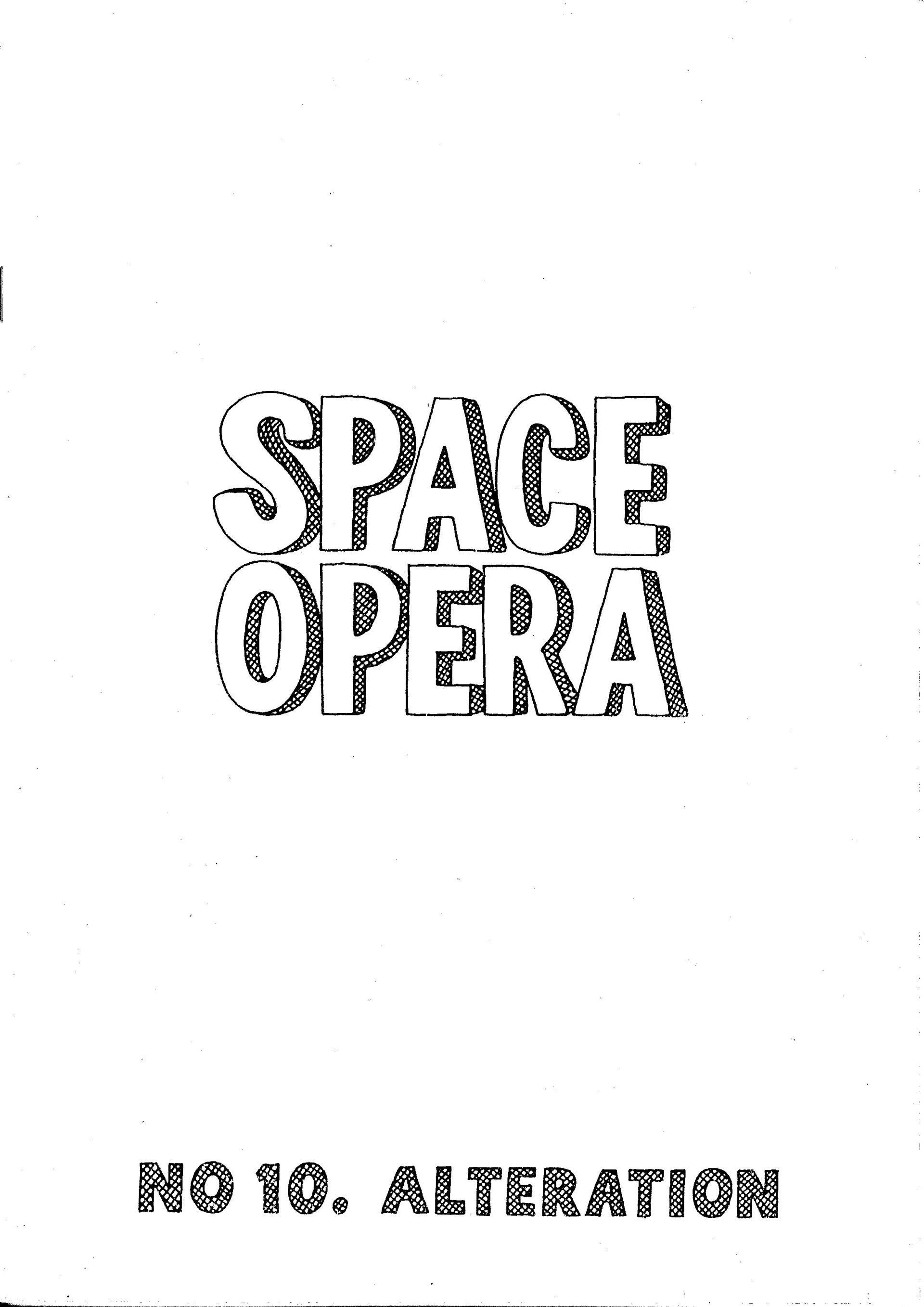
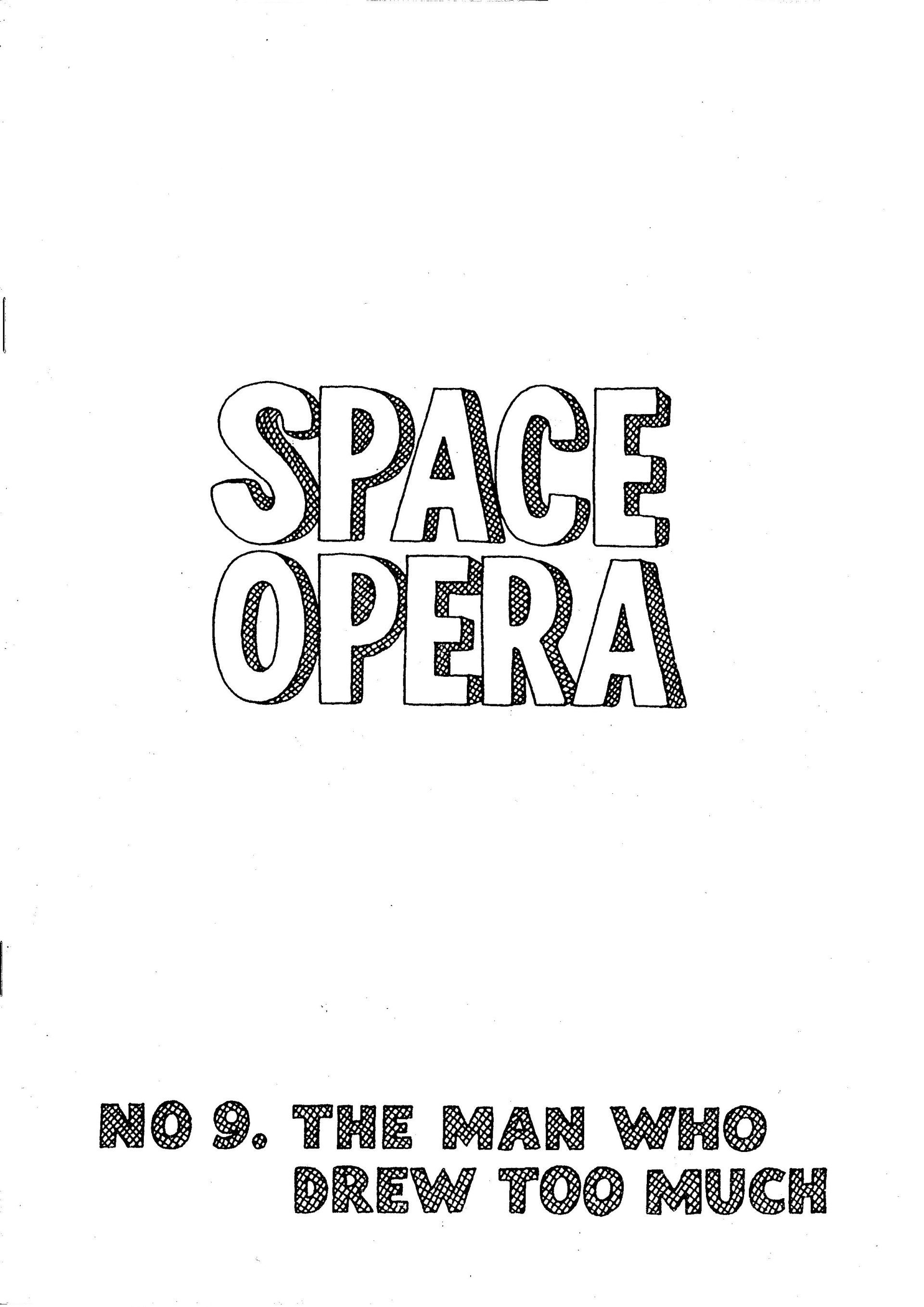
'The Man Who Drew Too Much' is the pamphlet that went against Mike Weller's idea of upsetting an underground comics ethos with superhero characters 'fighting across generations in space and time'.What or whom was altering Mike Weller 's twenty-first century Cosmic Crusaders storybook plan for his own written and illustrated small press comic series?
Within Space Opera's The Man Who Drew Too Much is an imagined yet conventional twentieth century English paperback novel written by Mike Weller's conservative-leaning character M. J. Weller. A third novel in an imagined trilogy featuring MJ's nemesis—a miitant socialist character also named Mike Weller.
In fiction-within-fiction-within-fiction, far left anticapitalist character Mike Weller goes to South East Polytechnic to study culture and media after responding to an advert in a 1980 NME . As a newly graduated mature student this Mike Weller plans to continue study in the New Communist society. A reconstructed society like modern China based on a regulated Marxist-Engelsian state combined with an outsourced Earth Corporation free market in cheap goods and services including health, education, leisure, precarious work, and pleasure. MJ's Mike character works as low level local state bureaucrat for the GLC after graduating with a modest degree. His former occupation as failed commercial artist is erased after drawing too many scurrilous cartoons depicting the political system he imagines he lives in ("the marriage of heaven and hell"). Weller loses his GLC-funded community coordinator job after Bromley's incumbent Conservative Council leads a campaign to abolish London's new local state. An academic career is also eliminated after Weller fails to obtain a post-graduate degree at polytechnic after handing in a dissertation entitled 'Aesthetic and Ideological Representations of Cliff Richard in Popular Culture' .
Mike Weller's Space Opera number nine opens with a 1986 extract from his fictional author M. J. Weller's Earth Corporation Entertainments obituary for Ed Mogul (Eduard Mogilowski) in which Mogil's life as young communist, Cosmic Crusaders creator, RAF serviceman, successful mass publisher before an humiliating prosecution for obscenity (he published and printed illustrations by his jobbing artist "Gatch"). Character Mike Weller's introduction and progress at Mogul Studios (as Weller knew Eddie Mogul in the 1960s) are detailed, as is work depicting the style of other Cosmic Crusaders' illustrators—Gatch, Sid Muddleton and Nick Muir.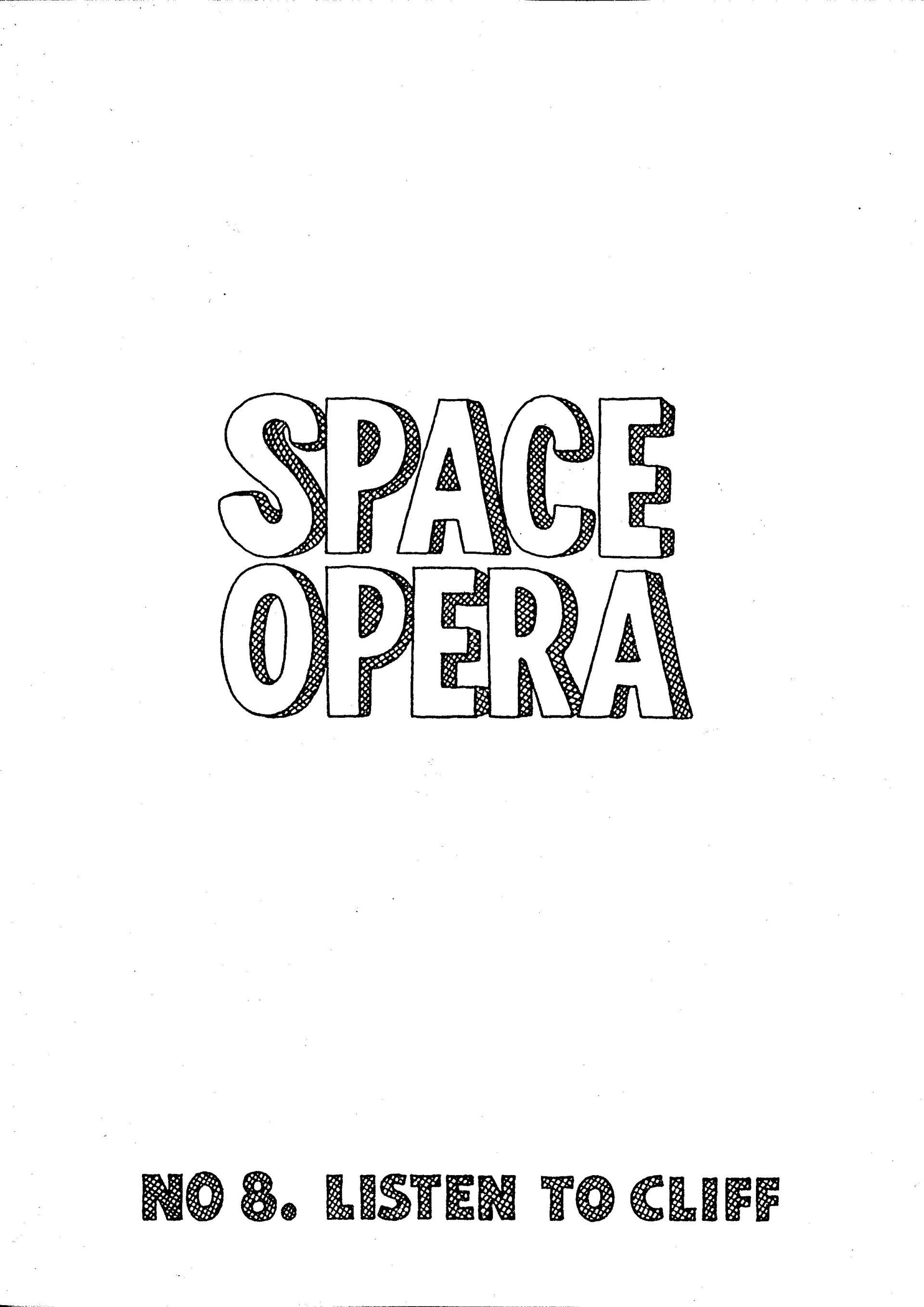
Cliff Richard
represents entertainment media change and
continuity over sixty years. In the 20th century it was rock 'n' roll
bad boy rebels Mick Jagger, Keith Richards, John Lennon who got in
trouble with the law. In the 21st century it is pop's Jesus-loving
'Bachelor Boy' in the courtroom. And like Lenny Bruce at the end of his
career switching his routine from comedy to legals: Cliff's similar
destiny has been to switch (albeit against his known performance
intentions) from light entertainer to catalyst of debates on privacy
laws and freedom of speech issues. In 60 years it seems public
service institutions like the police and BBC have slowly absorbed
sixties countercultures into a left-progressive mainstream establishment with the intention of
turning conservative millionnaire Cliff into the 'Bad Boy' of an old
Brit-schooled national Socialist era Marty Wilde track. Cliff
on the edge of a cliff just like Brits' Dis-united kingdom at the end of 2018: and the planet's entire ecosystem at the end of humanity's time on Earth.
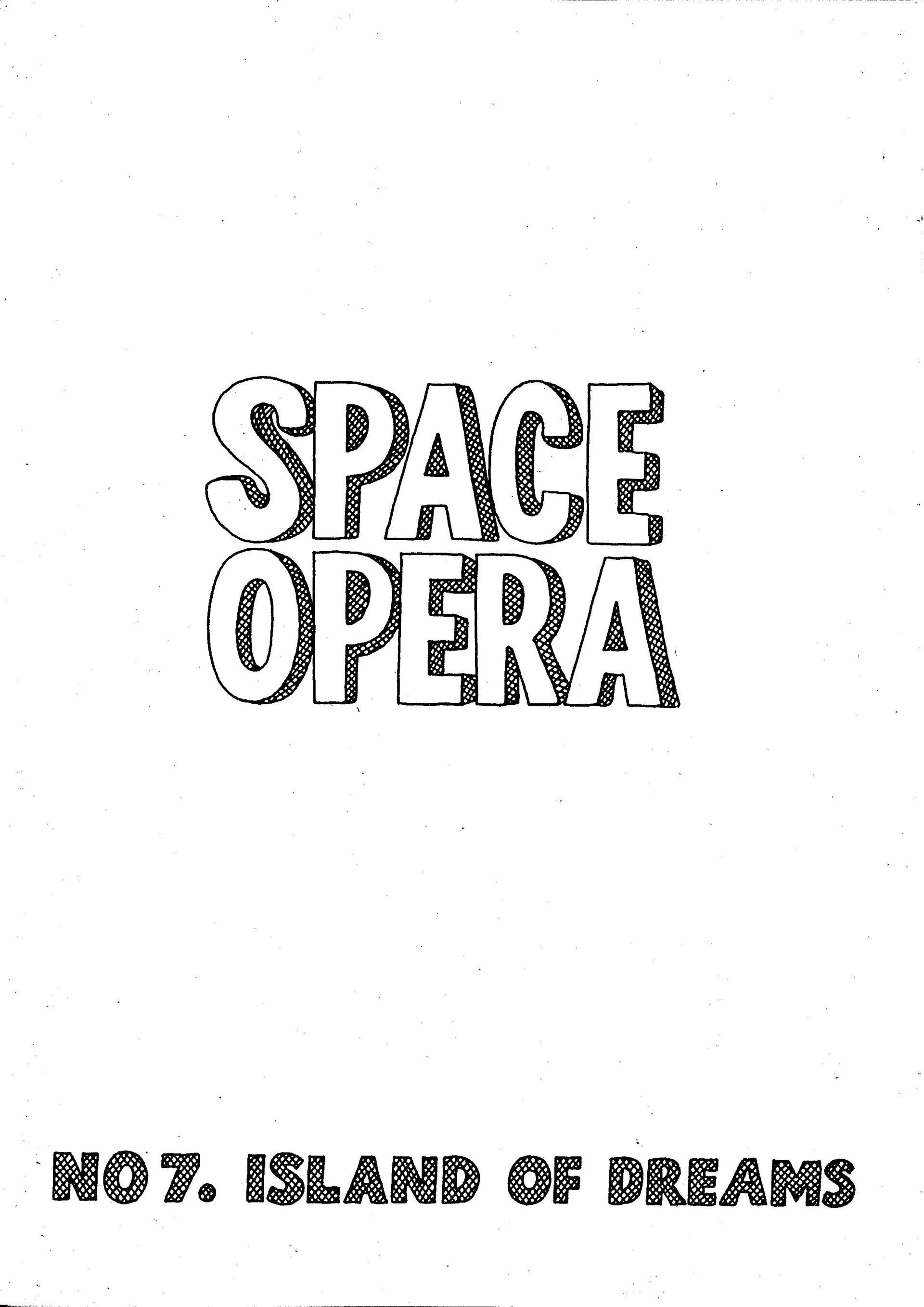
My life has been written.
Different scripts were submitted to the Divine Producer before I was born.
A return to white stock card for this September 1998 cover and only two pages of explanatory prose at beginning and end of author-illustrator Michael John Weller's picture story 'Island of Dreams'. Mike Weller's alterity is reduced mostly to two cartoon selves for this "tale from wellerverse". Two visual artists with a difference of extremes. One with conspiracy theory paranoia. The other with illusions of transcendental grandeur.
The issue opens with a full page comic strip entitled "Mike Weller's Recurrent Dream Between 1949-50". A divine yet buxom angel arrives in a small child's sleep to take him from his English Raymond Briggs-esque suburb, to sail through the stars on a Wing into the upper nebula, the Empyrean Rose outside Earth's solar system. There in the Celestial City, on a mysterious island, astral Mike is introduced by the angel to seven figures speaking in nullimaginatively shaded cartoon bubbles. Drawn in black and white, illustrator Michael John Weller's silent comic art is only broken by one question the small Mike-child, detached from its sleeping self, anxiously asks: YOU WILL BRING ME BACK?
This one-page comic strip based on a pre-school infant's recurrent dream that acted as inspiration for Mike Weller's Space Opera read through artist and writer characters Graham Cratchett and Eduard Mogilowski's "Cosmic Tales" of made-up legend. Weller's comic strip 'Island of Dreams' was first printed in Oxford Caption's 1997 comic book anthology Superstate Funnies . In the mid-2000s the artwork was greatly enlarged as an exhibition print-on-demand image for sale by the art group .
In one of Mike Weller's alternative fictions included in issue #7—alter-ego cartoonist creation Captain Stelling, commander of spaceship "Island of Dreams" (docked in white horse country), invites Mike aboard to escape 1998's Realists. Cap takes Mike through memories of his early life; returning lost selves from 50ies childhood to 60ies youth, read as a comic book drawn from pop's political youth culture of 70ies anarchy and 80ies MTV. And a close up of all-saints-spiced-up girl-powered late 90ies. Here three contemporary versions of Mike Weller appear together as caricatures in a strip-cartoon. The writer, the artist-illustrator, and author-librettist of his own Space Opera .
A 1972 end-picture by 'Stelling', drawn as fictional creation for equally fictional Eddie Mogul's Record Fun mag, shows a 1950s eggman John Lennon cartoon egging a Blue Meanie on to "kill the Beatles". In this story, 'All You Need is Love' turns into a murderous anthem of hate by New Dreamers starting with Lennon's own assassination as "Just John". New Dreaming "Jihardi Beatles" nurtured and fed from a 1960ies counter-culture gone horribly wrong.
In despair Mike fears he's lost the plot . EVERYBODY LIKES ABBA says Cap as DJ Stelling plays Abba on his spaceship dock . Weller's cartoon changes into serious social realist sketching of telepathic dialogue between Mike and doppleganger Bromley writer-in-residence MJ set in an alternative 1995 . Abba's song 'Nina, Pretty Ballerina' is imagined on Space Opera's soundtrack in cartoon-style WOOHAH WOOHAH WOOHAH for the back cover.
Weller is transformed into Edward Mogil story teller.
A hand drawn poetry cartoon closes the tale: JOURNEY TO THE CENTRE OF MYSELF
As twenty-first cenury title, 'Island of Dreams ' also appears as inspiration for Felix Dennis's poems inspired by Mustique; and Dan Boothby's homage to an inspiration powered by Gavin Maxwell's mysterious Brigadoonish otterworld island in the Scottish Highlands.
For Mike Weller, Dusty's brother Tom Springfield (Dionyius O'Brien)'s beautiful song 'Island of Dreams' is the theme for issue 7 of Space Opera. A Springfields 1961 track imagined as soundtracked aria.
September 1998's island of dreams turning into a hundred million island(s) of dreams 20 years later.
Mike Weller's seventh space opera tale twenty years on...is also published here
at
linguistically innovative €#*@$?!
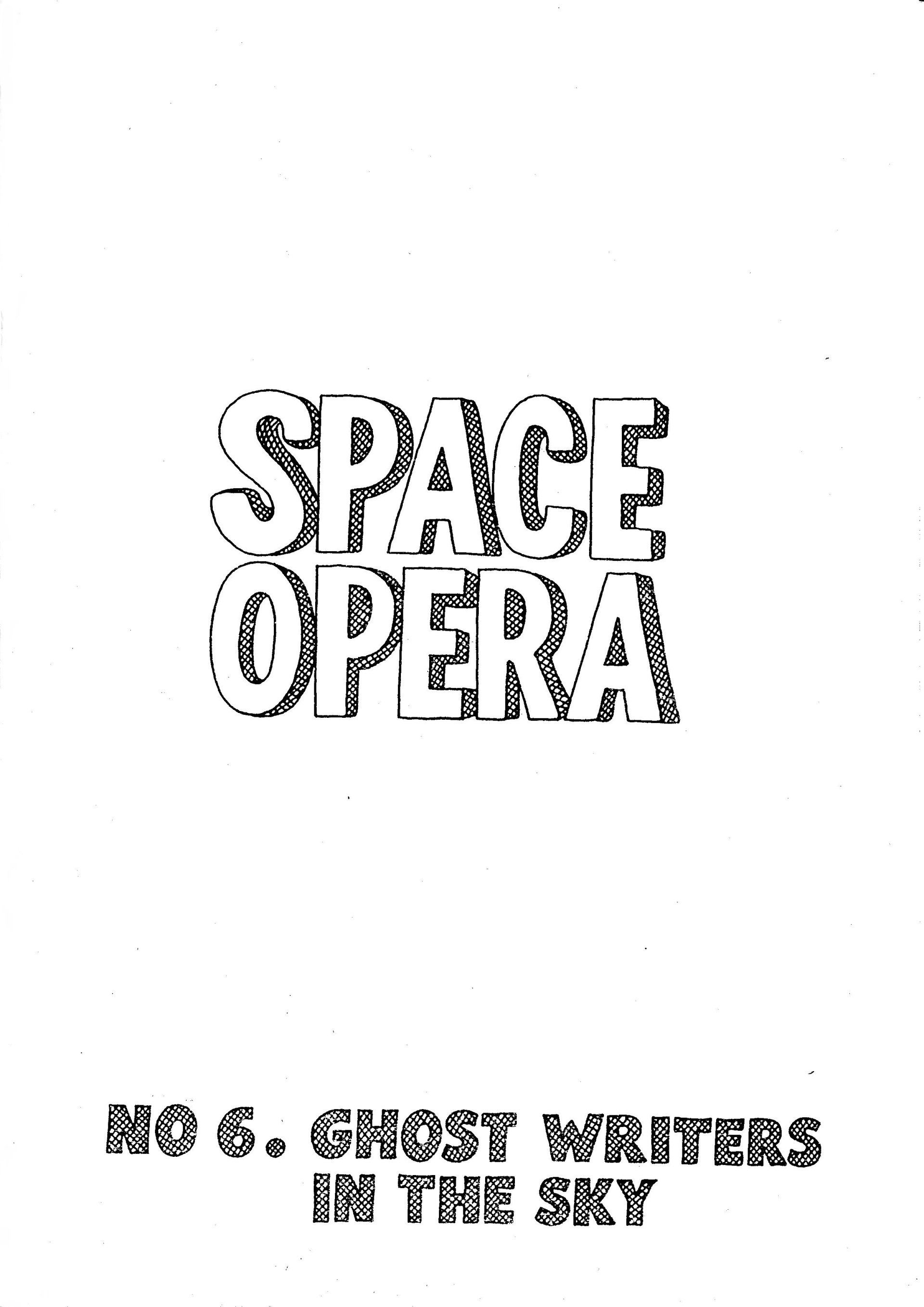
Fear and Loving in South London—author MJ writes about his Mike Weller character in this June 1998 pamphlet —
In Weller's miserable, charmless life, old colleague Nick Muir is ghost writing Weller's fate for the Earth Corporation. An unhappy, paranoid life is planned by Realists for no-hoper Weller [...] But help is on its way in the shape of Weller's own creation from days gone by—Captain Stelling: plus Zoe Zephyr as Visionary Muse, and Jack Echo, as head of the Island of Dreams.
'Ghost Writers in the Sky' was the only Space Opera ‘tale from wellerverse’ pamphlet cover to be printed on cream card because Bob Cobbing’s New River Project ran out of white card stock.
SO
#6 opens on page 132 of what appears to be an anonymous graphic novel
entitled ‘Space Opera’, seemingly published within pagination of the Space
Opera
comic
series. It depicts Mike Weller's Angel-Woman of Powers drawn visiting
Earth as in earlier tales, art pen drawn in the process of writing on
the pages of an odd spiral-bound book.
'Ghost Writers in the Sky's first comic-book page is followed by more pages of Mike Weller’s fictional autobiography continued from earlier Space Opera instalments typed on a borrowed electronic typewriter. Next is tale-within-tale ‘Sexton-Doyen of Detectives’ originally drawn by MJ’s graphic novelist character Nick Muir depicted by illustrator Mike Weller here as a crudely abridged hand-lettered cartoon story. Things are cracking up and so is Mike Weller.
Weller asserts it is he who has ghost written, not only the tale, but character Nick Muir, blaming Earth Corporation “mind-pickers” for invading his mind and hi-jacking visionary inspiration delivered by spirited "mind-planters" on forgotten unseen pages— one of which is illustrated in strike-thru hand-lettering and graphics. In Mike Weller’s extreme take on poplit, Sexton Blake and Tinker are gender transitioned as non-binaries She-Bob and Shadow Micheal. Two imagined childhood friends of Weller returning to help him write and draw comics by enabling the creation of comic-book heroine Zoe Zephyr and Earth Corporation supervillain Ergot Subslime for made-up Edward Mogil's publications done as a Nick Muir parody in a crazed attempt to prove Mike Weller is the author of Muir and not his writer-in-residence MJ.
Mike Weller gets his own back by going further than 'Sexton-Doyen of Detectives'' satire. He re-writes and re-draws Muir's famous Agent 69 comics featuring Zoe Zephyr in a mad cartoon story where Zoe battles Ergot Subslime. Hallucinatory black and white picures suggest the illustrator is taking a fictional hallucinogen of his own chemical makeup for this tale—agamo.
At the end of 'Ghost Writers in the Sky' Mike Weller, responding to his earlier alter ego, cartoonist Stelling, and his later alter ego, author MJ, scribbles and illustrates breakthrough: entry into a more charmed and happy existence ruled by comic fantasy's Agent 69 through psychic ghost-wrting MJ's character Nick Muir as graphic novelist in an off-white card-covered space opera sci-fi comic fanzine entitled "Ghost Writers in the Sky".
A longer version of Mike Weller's sixth Space Opera tale twenty years on...is posted here
linguistically innovative €#*@$?!
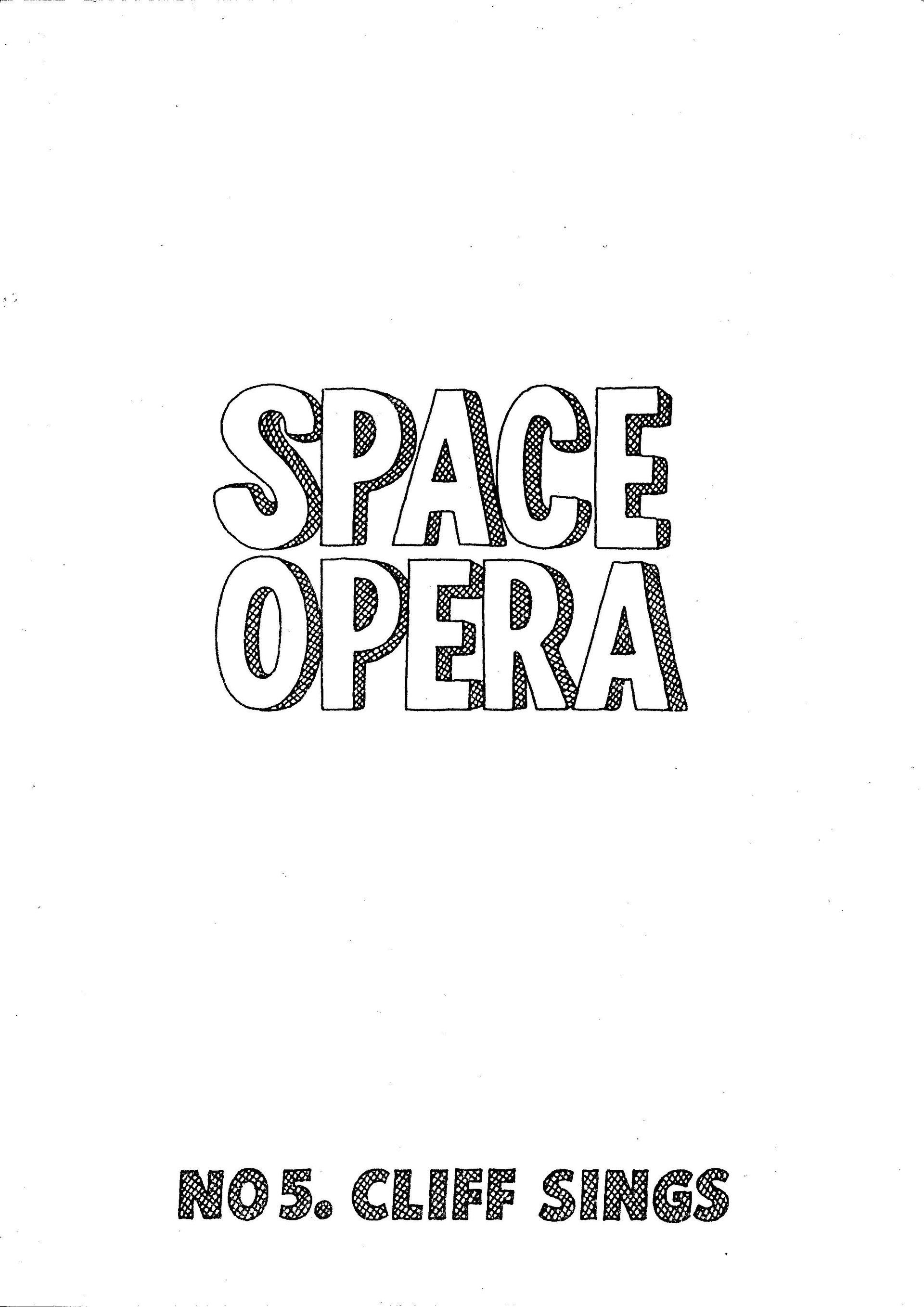
First of two "tales from wellerverse" with Cliff in title.
'Cliff Sings' is a graphic novel supposedly written and drawn by MJ's graphic novelist character Nick Muir and published in parallel typeset pagination to and within Space Opera .
At this stage of the tale, paranoid "Earth Corporation"conspiracy theorist, sci-fi comic-book fanatic Mike Weller alterity, is cartooned into a subcharacter by writer-in-residence MJ using the author's made-up graphic novelist Muir. To add insult to injury "Cliff Sings" is designed as an extended comic strip by Muir satirising his subcharacter for the first half of SO #5.
The second half is an unpaginated comic strip 'Comics Off Course!' written and drawn by Mike Weller's comic artist alterity, illustrating his own graphic novel aspirations, in an effort to match the comics of MJ's Muir. Joining four other amateur cartoonists (character Weller's own new Cosmic Crusaders characters Elaine Clark, Rebecca Schwaffer, Peter Piggott, Hussain Elmaz ) at a London Art College evening class taught by Weller's older Pop Lab publications' invention, Glenford Gates.
The
fabulous four's superhero identities are revealed in a dream through the
class's own drawings of their favourite comic book characters. Mike
chooses Cliff
to draw in his dream, provoked by Peter Piggott's
joking comment that character Mike Weller looks like the veteran pop
singer. A "theme for a dream" dominatng later "tales from wellerverse" beyond SO #5 into the 21st century. A time when Cliff Richard
is italicised forever after accusations of sexual abuse; when hashtags
symbolise the emergent call-out culture; and old-fashioned numerical and
typographical insert space
signage is suppressed on waking by#MeToo, #TimesUp, #FuckOffFrankenstein—
The new millenium's Cosmic Crusaders are drawn by letterer and illustrator Weller.
The last pages of SO #5 are made up of illustrator Mike Weller's strip-cartoon storytelling and a typed continuation of his autobiography continued from 'The Battle for heaven Part 1'.
linguistically innovative €#*@$?!
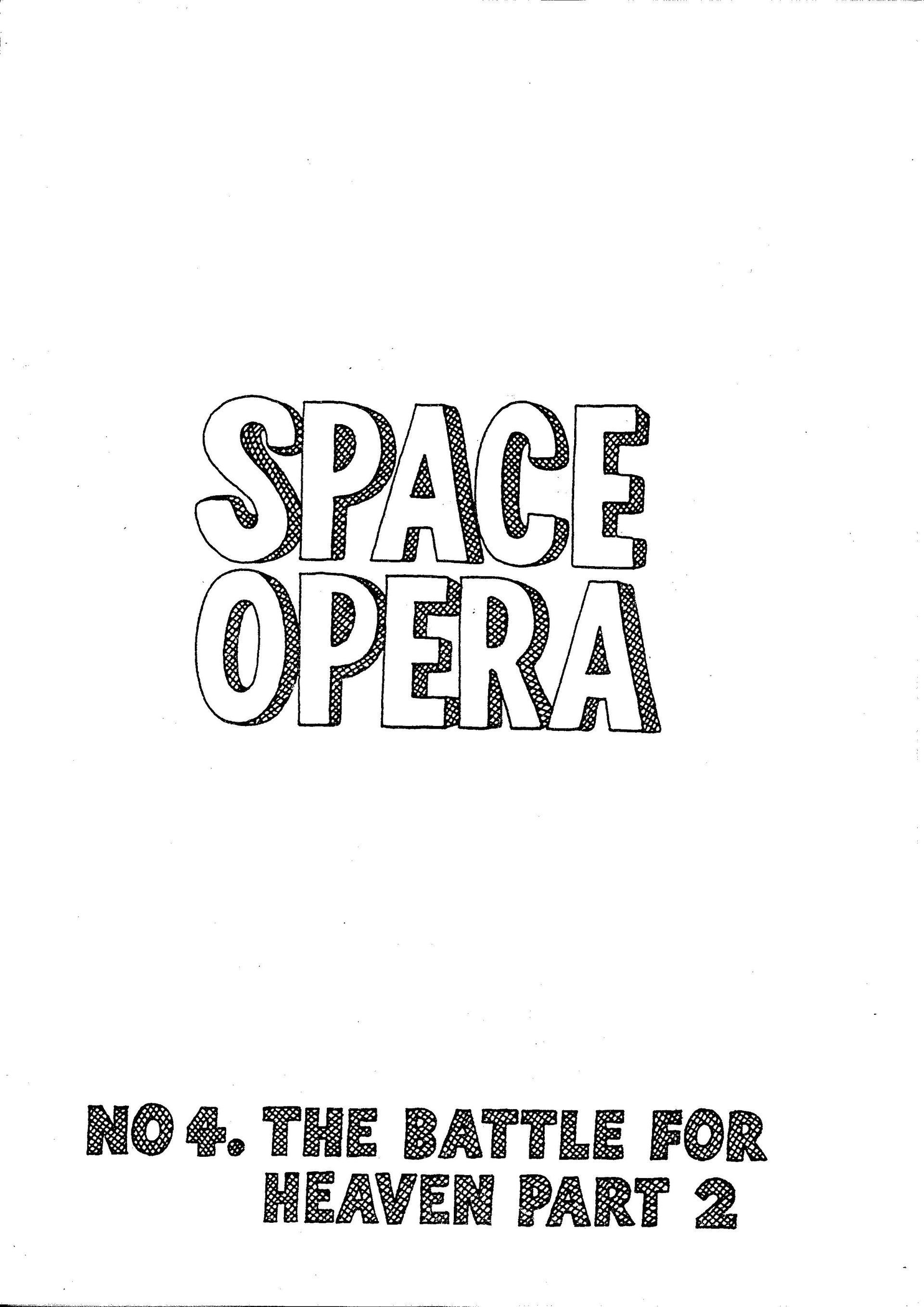
One by one, demons and monsters from depths of Hell's City of Dis emerge from the underworld of the other.
Opening with hand-drawn lettering, December 1997's "tale from wellerverse" completes 'The Battle for Heaven' .
Although continuing for another two years as 'comic book series' with two more seasonal editions, Weller was more engaged with poetry and poetics than comic books and it was beginning to show. Unlike character MJ's creation "Nick Muir", his "Mike Weller" character wasn't a graphic novelist.
Number 4 is mostly dark, dense, electronically-fonted prose punctuated by vivid black and white illustration with introduction of Weller's fantastical "nullimaginative techniques" obscuring and erasing both word-processed and hand-lettered text. Number four rolled nicely off New River Project's photo-copier with Bob Cobbing commenting "the machine likes it".
In 2012 a "nullimaginative" drawing from number 4 was sampled by Mike for Michael Weller's 'Ida Lupino comix'. Both sides of the zine were re-printed from Mike Weller's Space Opera ——for English PEN's Catechism: Poems for Pussy Riot with introduction by poet George Szirtes.
A Space Opera fragment alchemized into poetic gold.
Pixellated into almost total illegibility—getting an unreadable piece into a PEN poetry anthology seemed as if one minor battle had been won. Well...er, sort of.
Like Mogilowski's xmas edition in the Thirties, 'The Battle' ends on festive note—
Professor Fergus McQuigly was eating his xmas dinner in the restaurant of Croydon Airport, fork hoisting a sage and onion stuffing ball into his mouth, crumbs dropping into his beard.
Hark, the herald angels sing
A link to Space Opera tale number 3's post (The Battle for Heaven Part One) twenty-years on... is posted here
linguistically innovative €#*@$?!
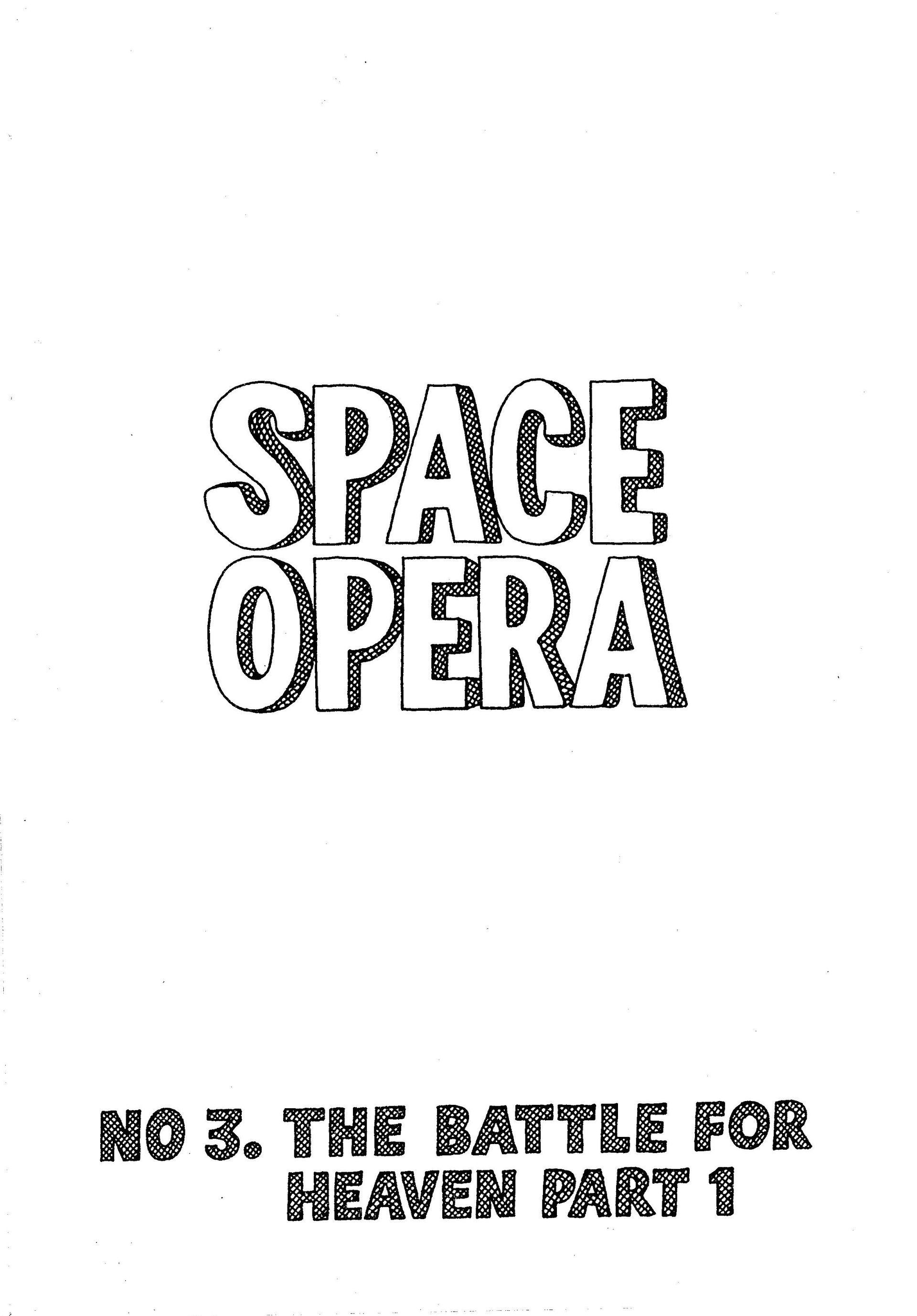
"In the Otherworld, eternal war rages between God and Satan. Edward Mogil always began his Cosmic Crusaders stories in this fashion in 1930's and 1940's Cosmic Tales."
So opens September 1997's "tales from wellerverse" pamphlet -- Space
Opera's repeated refrain from issue one. A comic ready-printed for a
nation-state gripped in a strange mix of republicanism and religiosity
at death of much loved princess-goddess Diana.
Written and drawn by Mike Weller, his made-up illustrated adventure tale (supposedly from 1934) is accredited to Jewish pulp writer Edward Mogil and fictional co-creator Graham "Gatch" Cratchett—gentile Catholic futurist artist-turned-cartoonist/illustrator. Characters invented by Weller for his tale using Mogil's superheroes—four Addingcombe-based superhero Cosmic Crusader characters battling it our with the Duke of Hell's Nazi mind controllers.
To build his fiction-within-fiction framework character Weller continues to draw himself in Chinese boxes, using hand-lettered explanations of how to read his "comix". Mogil's story, the first part of 'The Battle for Heaven' is retold on keys of Weller's borrowed electronic typewriter copied word-for-word without illustration. Prose is prefaced by a comic-strip the trade journal Comics International didn't like featuring 1913 Adolf Hitler tracked by "the Satanic Whisperer". A comic depicting the Devil seeking Hitler's soul for possession.
Comics and graphic novels may not have been the best form for Space Opera after all. Bob Cobbing printed Weller's Space Opera booklets in the 90s at New River Project. Cobbing printed little press poetry. He didn't print comics unless they were part of his own vispo explorations. His own criterion for little press poetry was unrelated to US and UK small press promotion. Cobbing's concern was getting poetry and poetics out to the widest public possible.For the third part of 'The Battle for Heaven' Mike Weller needed to move his Space Opera to a different place/space.
A longer version of Mike Weller's third Space Opera
tale twenty-years on... is posted here
linguistically innovative €#*@$?!
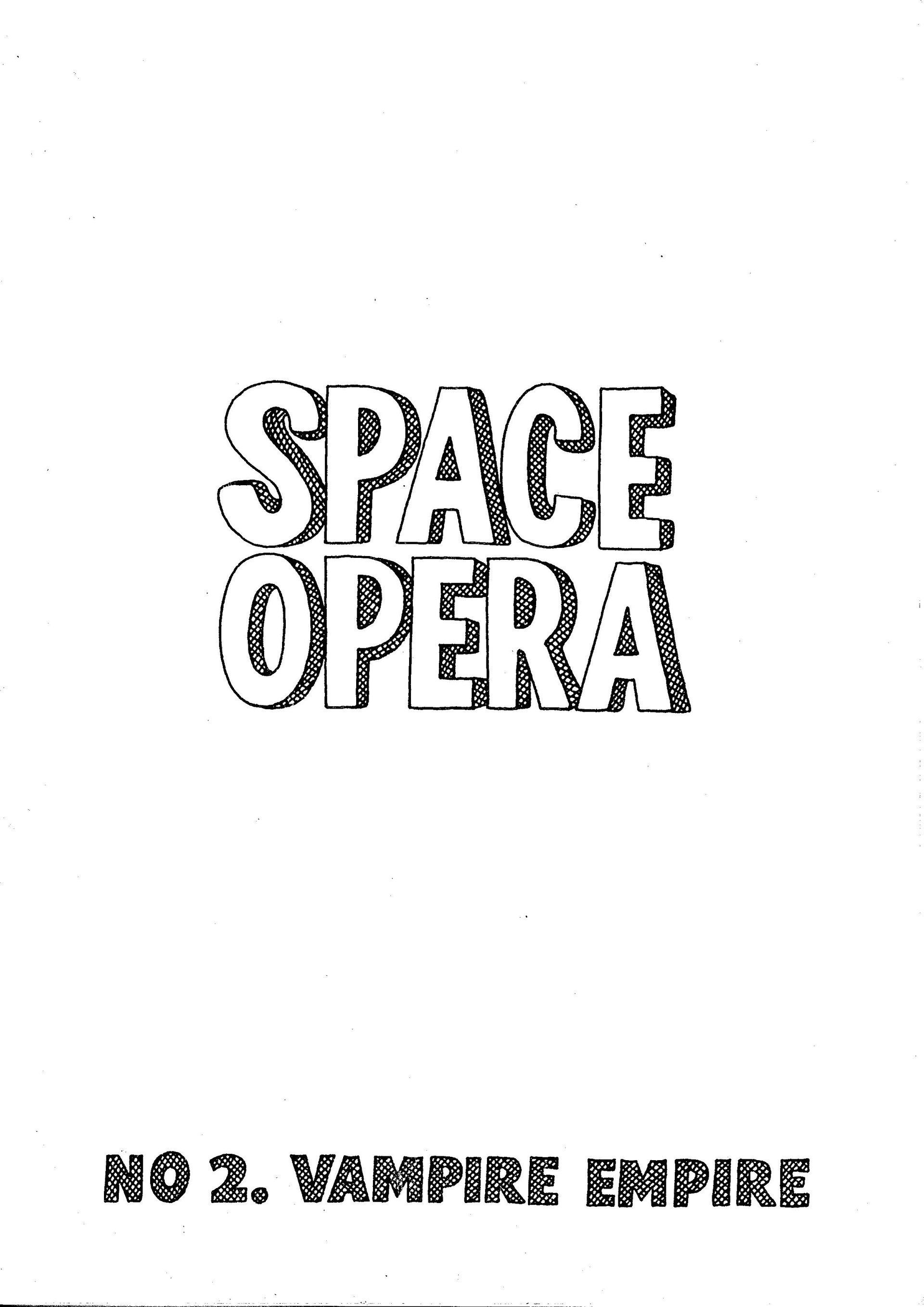
Here's the story. It's a June 1997 "tale from wellerverse". Mike is broke and feeling unWeller. He'd wasted an entire decade as a militant socialist fighting emergent neoliberalism. In the tale Mike Weller felt he was ending the century a deadbeat loser, his vision artfully impaired by the Earth Corporation. For in novelist MJ's tetralogy character Mike Weller is rewarded by The Devil—not that old clichéd Robert Johnson soul-at-the-crossroads-deal illustrated. This deal was lose colour field vision—win black-and-white-inner vampire vision.
Myth, magic, fantasy fun and conspiracy mêlée. Mike Weller's Space Opera 'zines were completed 1999. 'The Truth Is Out There' became the X-Files' strapline. The real twentieth century ended September 11 2001. From then on conspiracy and fake news became new populist counterculture. Conspiracy theory as counterfeit reality. Weller documented that story 2001-2010 as prose Slow Fiction . 3World x 4 dimensions = 12 space opera tales. Beckenham characters drawn from Weller's life since 1957 made fictional against backbeat pre-EEC English working class pop stars 1958-1962. Please Don't Tease audiences Continental, Nordic, Soviet Union, Eastern Europe, South Africa (early '60s) and the Commonwealth nations. Tinny 45rpms with colourful record labels -- soundtrack to atomic threats, strontium-90, cold war crises,crumbling domestic Toryism and asbestos-ridden prefabricated housing.The Prefabs returned in 1997 for a space opera. Weller put four once-famous Brit pop stars into an imagined pre-globalized beat group: Its young one trad dad film actors playing made-up Eduard Mogilowski superheroes Cosmic Crusaders in parallel earth 1966 comic. Illustrated by fictional Mike Weller. Comic-book plotted as a millennial end times conflict between a globalized Jesus Christ of Marian catholics, Protestant evangelicals and an evil, invisible, possessive Duke of Hell sampled as Satan from Milton's poetic universe.
A longer version of Mike Weller's second Space Opera
tale twenty-years on... is posted here
linguistically innovative €#*@$?!

A completed artist's book designated to Mike Weller— Mike Weller's Space Opera was published using little press internet promotion. Supposedly the fourth part of writer MJ's "Doomed Boy" tetralogy (misspelled "tetraology" continually by a Mike Weller alterity). In Space Opera , MJ's graphic novelist character Nick Muir creates deadbeat failure Mick/Mike Weller as cartoon subcharacter—ultimate opposite of MJ. Mick Weller, a fourth alterity, a no-confidence man paranoid conspiracy theorist as ridiculous as character MJ and his make-believe literary grandeur. Nick Muir is created by Weller as graphic novelist cipher—a composite caricature of success the form gained in popular culture beginning late 20c.
And the colour of the card Mike Weller chooses to cover his perfect bound "space opera". Glorious purple—pre-spurious hue.
A longer version of Mike Weller's first Space Opera
tale twenty-years on... is posted here
linguistically innovative €#*@$?!
